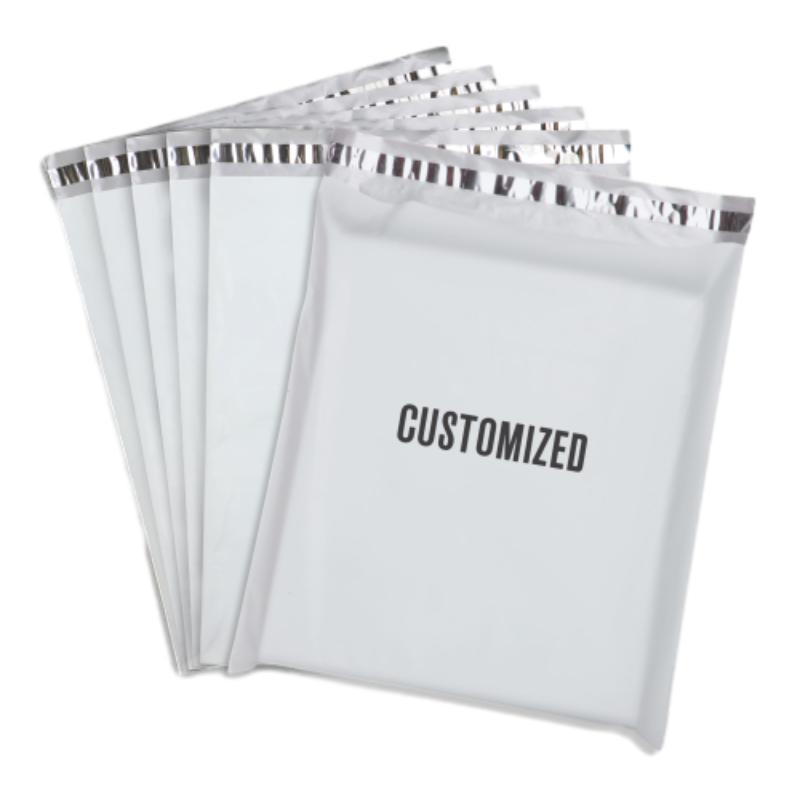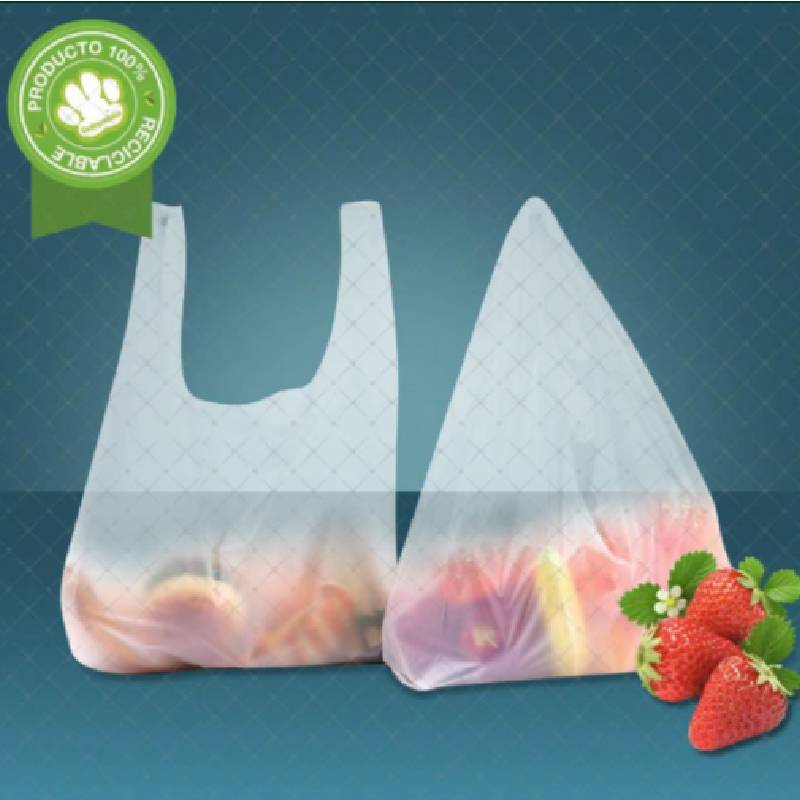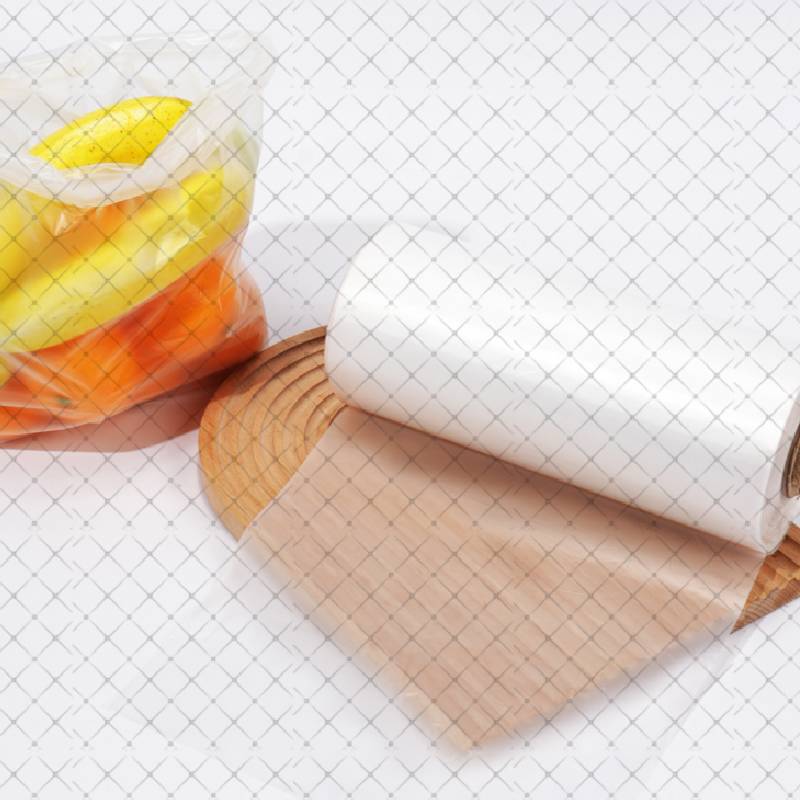Grocery Bags: Smart, Sustainable, and Scalable Solutions for Retailers
Grocery bags are a daily staple for millions of consumers and an essential packaging component for every supermarket, convenience store, farmers’ market, and food delivery service. Whether you’re stocking up on grocery bags for sale, looking for grocery bags wholesale to cut costs, or developing a branded custom grocery bag, the right bag choice affects your customer experience, environmental footprint, and bottom line.
This guide breaks down grocery bag types, materials, customization options, and pricing so you can make the best decision for your retail operation or brand.

What Are Grocery Bags?
Grocery bags are medium- to large-sized bags designed to hold multiple items for retail food and general merchandise purchases. They’re made to be sturdy, easy to carry, and fast to pack at checkout. Modern grocery bags span a wide range of materials, from single-use plastics to reusable cotton totes and biodegradable paper sacks.
Types of Grocery Bags
Choosing the right type of grocery bag depends on your business model, regional regulations, and brand values. Here are the most common grocery bag categories:
1. Plastic Grocery Bags (HDPE)
Lightweight and strong
Commonly used in conventional grocery stores
Available with T-shirt-style handles
Economical and space-saving
Banned or taxed in some states and cities
2. Paper Grocery Bags
Made from virgin kraft or recycled paper
Often used in organic food stores and eco-friendly retail
Biodegradable and recyclable
Available with or without handles
Sturdier versions can carry 10–25+ lbs
3. Reusable Grocery Bags
Made from non-woven PP, polyester, cotton, or jute
Washable and long-lasting
Designed to be used multiple times (20–125+ uses)
Eligible for “reusable bag” mandates in regulated regions
4. Insulated Grocery Bags
Lined with thermal foil or padding
Keeps cold items cool and hot items warm
Common in delivery services and frozen food brands
Grocery Bags for Sale: What to Look For
When browsing grocery bags for sale, prioritize:
Bag size & capacity – Small, medium, and large SKUs depending on your inventory mix
Bottom gussets or box-shaped bases for easier packing
Handle strength – Especially for paper and reusable bags
Material thickness – Measured in mils (plastic) or GSM (fabric)
Certifications – For compostable, recyclable, or food-safe bags
Some bags also come with barcodes, warning labels, or language translations for retail compliance.
Grocery Bags Wholesale: Why Bulk Is Better
Buying grocery bags wholesale gives you:
Lower per-unit pricing – Save 30–60% vs. small orders
Consistent inventory for large-scale retail operations
Bundled shipping savings (e.g., full-pallet or container loads)
Room for customization with print, size, or features
Scalability as your business grows
Wholesale orders typically start at 5,000–10,000 units for plain bags or 1,000+ units for custom designs.
Custom Grocery Bags: Promote Your Brand with Every Purchase
A custom grocery bag serves as mobile advertising. Whether you’re a grocer, restaurant, or brand activating at events, custom-printed bags can elevate your professional image and increase brand visibility.
Customization options include:
Logo and branding in one-color or full-color print
Material options (paper, non-woven, cotton, RPET)
Custom sizes or gusset widths
Reinforced handles, zippers, or snap closures
QR codes, contact info, or eco claims
Most suppliers offer screen printing, heat transfer, or offset printing based on bag type.
Grocery Bag Price Guide (2025 Estimates)
|
Bag Type |
Size Example |
Price per 1,000 (USD) |
|
Plastic T-shirt bag |
12" × 7" × 22" |
$18 – $35 |
|
Kraft paper bag (w/handle) |
10" × 5" × 13" |
$60 – $120 |
|
Non-woven reusable bag |
13" × 15" × 8" |
$150 – $300 |
|
Cotton grocery tote |
14" × 16" |
$300 – $500 |
|
Insulated grocery bag |
12" × 14" × 8" |
$450 – $900 |
|
Custom print surcharge |
Any type |
+$0.05–$0.50 per unit |
Prices vary based on thickness, print complexity, eco certifications, and order volume. Bulk discounts start at 10,000 units.
Where to Source Grocery Bags
For best results, look for a grocery bag supplier that offers:
Flexible MOQ and custom print services
Factory-direct pricing or distributor support
Sustainable materials and recycling support
Global or domestic shipping options
Bundling with other packaging products (takeout containers, labels, etc.)
Free samples or mockups for large orders
Suppliers on B2B platforms or those specializing in food service and retail packaging typically offer the most competitive wholesale programs.
Grocery Bags FAQs
Q1: Are grocery bags recyclable?
A: Paper bags are curbside recyclable. Plastic grocery bags (HDPE) are technically recyclable, but usually require drop-off at designated locations. Reusable bags reduce waste most effectively.
Q2: What’s the best type of grocery bag for eco-friendly use?
A: Reusable non-woven or cotton bags. If single-use is necessary, kraft paper or compostable PLA bags are better than plastic.
Q3: Can I print my logo on grocery bags?
A: Yes! Most custom grocery bag suppliers offer 1-color to full-color printing on paper, plastic, or reusable fabric bags.
Q4: What size grocery bag is standard?
A: Plastic: 12" × 7" × 22" | Paper: 10" × 5" × 13" | Reusable: 13" × 15" × 8" – but most suppliers allow custom sizing.
Q5: Where can I find grocery bags wholesale with fast delivery?
A: Try packaging distributors, food service suppliers, or verified manufacturers with warehousing in your region. Look for in-stock programs if you need bags quickly.
-
Self Seal Bags: Secure, Clear, and Customizable Packaging for Every IndustryNewsAug.15,2025
-
Paper Cups: Bulk Solutions for Events, Cafés, and Eco-Friendly ServiceNewsAug.15,2025
-
Laminated Bags: Durable, Customizable Packaging for High-Impact BrandsNewsAug.15,2025
-
Grocery Bags: Smart, Sustainable, and Scalable Solutions for RetailersNewsAug.15,2025
-
Drawstring Bags: Versatile, Customizable, and Cost-Effective for Bulk UseNewsAug.15,2025
-
Disposable Gloves: Wholesale Solutions for Safety, Hygiene, and EfficiencyNewsAug.15,2025
-
Have the freedom of customizing your custom mailers any way you want! Our dedicated packaging support will help deliver you the mailing experience you need to elevate your shipping experience to the next level! Start making a strong impression on your customers and stand out from your competitors! -
LIYA uses high quality raw materials which directly purchased from large enterprises domestic and overseas such as PetroChina, Sinopec, Sabic, Equate, ExxonMobil, Dow Chemical, Total, and Borouge, ensuring the price advantage and quality of the raw materials. -
LIYA uses high quality raw materials which directly purchased from large enterprises domestic and overseas such as PetroChina, Sinopec, Sabic, Equate, ExxonMobil, Dow Chemical, Total, and Borouge, ensuring the price advantage and quality of the raw materials.





